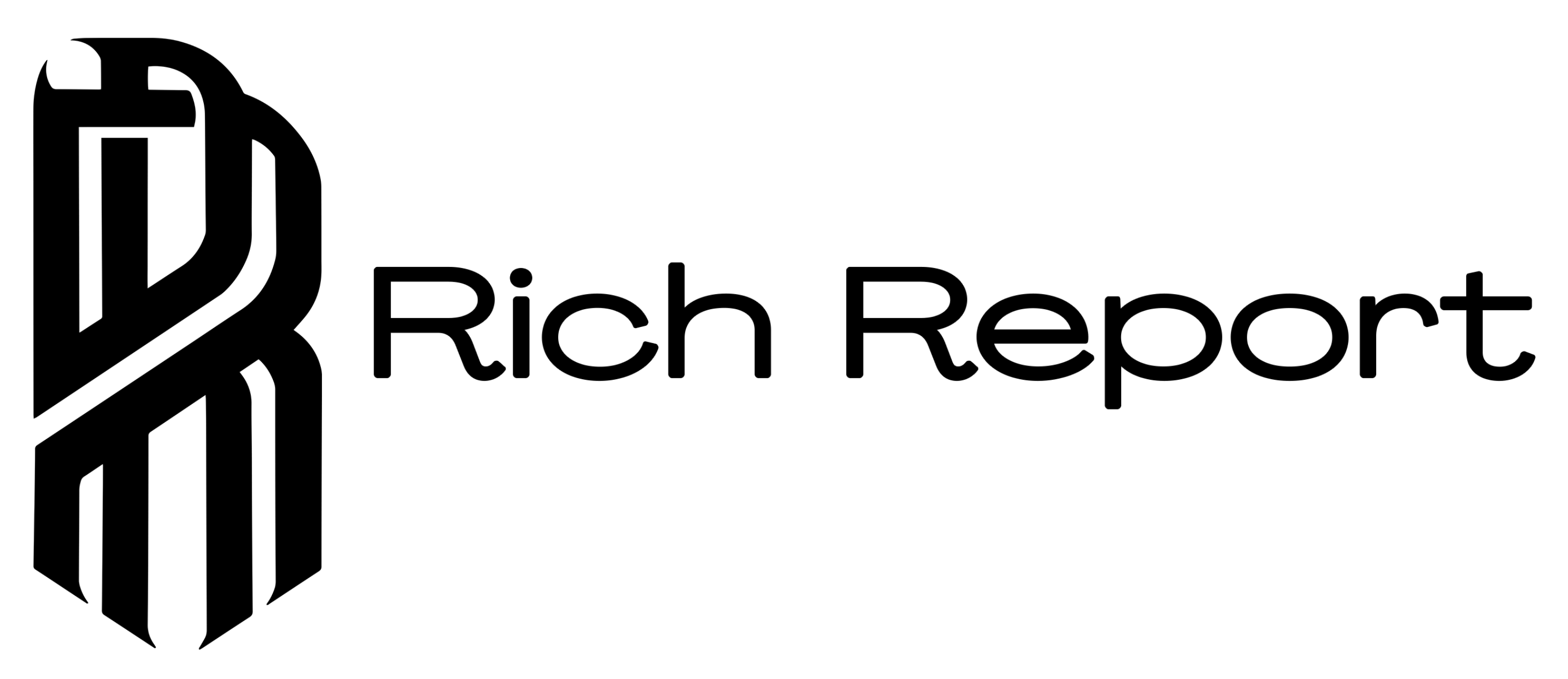Considering a 403(b) plan for your retirement savings? You’ve come to the right place. Understanding the ins and outs of this retirement savings vehicle is crucial for securing your financial future. Let’s delve into the specifics of the 403(b) plan and how it can benefit you in the long run.
When it comes to planning for retirement, the 403(b) plan offers unique advantages that you shouldn’t overlook. From tax benefits to employer contributions, this retirement savings option provides a tailored approach to building your nest egg. Stay tuned as we explore the key features and benefits of the 403(b) plan, empowering you to make informed decisions about your financial well-being.
What is a 403(b) Plan?
A 403(b) plan is a retirement savings account available to employees of certain non-profit organizations, public schools, and other tax-exempt institutions. Here’s what you need to know:
- Purpose: It’s designed to help employees save for retirement and offers a tax-advantaged way to invest for the future.
- Contributions: You can contribute a portion of your salary to the plan, reducing your taxable income in the process.
- Employer Contributions: Some employers match a percentage of your contributions, boosting your retirement savings.
- Investment Options: 403(b) plans typically offer a range of investment options, allowing you to choose how your funds are invested.
- Tax Benefits: Contributions to the plan are usually tax-deferred, meaning you don’t pay taxes on the money until you withdraw it in retirement.
Understanding the basics of a 403(b) plan can help you make informed decisions about planning for your financial future.
Benefits of a 403(b) Plan
When considering your financial future, enrolling in a 403(b) plan offers numerous advantages that can help you build a solid nest egg for retirement. Here are some key benefits you can enjoy by participating in a 403(b) plan:
- Tax-Advantaged Contributions: Contributions to a 403(b) plan are made on a pre-tax basis, reducing your taxable income and allowing you to save more for retirement.
- Employer Contributions: Many employers offer matching contributions to your 403(b) plan, effectively boosting your retirement savings without any additional financial burden on your part.
- Flexible Investment Options: 403(b) plans typically offer a diverse range of investment options, allowing you to tailor your portfolio to suit your risk tolerance and financial goals.
- Tax-Deferred Growth: Investment gains in a 403(b) plan grow tax-deferred, meaning you won’t pay taxes on your earnings until you start withdrawing funds during retirement.
- Catch-Up Contributions: If you’re 50 or older, you may be eligible to make additional catch-up contributions to your 403(b) plan, helping you accelerate your retirement savings.
By leveraging the benefits of a 403(b) plan, you can take significant steps towards securing a financially stable future for yourself.
Contribution Limits and Eligibility
When it comes to 403(b) plans, contributions are subject to annual limits set by the IRS to control the amount of pre-tax money you can put into your retirement account each year. For 2021, the contribution limit is $19,500, but if you’re 50 or older, you can make catch-up contributions of an additional $6,500. This flexibility allows older individuals to accelerate their retirement savings.
To be eligible to participate in a 403(b) plan, you typically need to work for a public school or tax-exempt organization. This includes teachers, nurses, doctors, and employees of non-profit organizations. While part-time employees might also qualify, the specific requirements can vary based on your employer’s plan rules, so it’s important to check with your human resources or benefits department to confirm your eligibility status.
Investment Options in a 403(b) Plan
When it comes to investment options in a 403(b) plan, you have a range of choices to help grow your retirement savings. Here are some key points to consider:
- Annuities: These are a popular choice offering a guaranteed income stream in retirement, either immediate or deferred.
- Mutual Funds: Provide diversification across a range of assets, making them a flexible choice for various risk appetites.
- Stocks: Investing in individual company stocks can offer high growth potential, but it comes with higher risk.
- Bonds: These are considered more conservative investments, offering a fixed income stream over time.
- Target-Date Funds: Ideal for a hands-off approach, these funds automatically adjust the asset allocation based on your retirement date.
Incorporating a mix of these investment options can help you create a well-rounded portfolio aligned with your financial goals.
It’s essential to regularly review and potentially adjust your investments as you progress towards retirement to ensure they align with your risk tolerance and objectives.
Planning for Retirement with a 403(b) Plan
When planning for retirement with a 403(b) plan, it’s crucial to consider a few key factors to ensure you are on the right track for a financially secure future. Here are some essential steps to help you make the most of your 403(b) plan:
- Set Clear Goals: Start by defining your retirement goals. Consider factors like your desired retirement age, lifestyle aspirations, and expected expenses in retirement.
- Understand Your Options: Familiarize yourself with the investment options available within your 403(b) plan. This includes annuities for guaranteed income, mutual funds for diversification, stocks for growth potential, bonds for conservative investments, and target-date funds for a hands-off approach.
- Assess Your Risk Tolerance: Determine your risk tolerance by evaluating how comfortable you are with market fluctuations and potential investment losses. This will help you choose investments that align with your comfort level.
- Diversify Your Portfolio: Maintain a well-rounded portfolio by diversifying your investments across different asset classes. This can help mitigate risks and potentially enhance returns over the long term.
- Regularly Review and Adjust: It’s essential to periodically review your 403(b) plan and make any necessary adjustments. Life circumstances and market conditions can change, so ensure your investments still align with your financial goals and risk tolerance.
By following these steps and staying informed about your 403(b) plan, you can work towards building a strong financial foundation for your retirement years.
Conclusion
By implementing the strategies outlined in this article, you can take proactive steps towards securing a stable financial future through a 403(b) plan. Setting clear retirement goals, exploring diverse investment options, and regularly monitoring your portfolio are key elements in building a robust financial foundation. Remember, your financial well-being in retirement hinges on the decisions you make today. Stay informed, stay engaged, and make the most of your 403(b) plan to pave the way for a prosperous retirement ahead.
Frequently Asked Questions
What is a 403(b) plan?
A 403(b) plan is a retirement savings plan typically offered by schools and non-profit organizations to help employees save for retirement through tax-deferred contributions.
How can I set clear retirement goals?
Define your desired retirement lifestyle, estimate retirement expenses, factor in inflation, and consider any additional sources of income to create specific and achievable retirement goals.
What are some investment options within a 403(b) plan?
Common investment options include annuities, mutual funds, stocks, bonds, and target-date funds, each with varying levels of risk and return potential.
Why is it important to assess risk tolerance?
Assessing risk tolerance helps determine the right investment mix based on your comfort level with market fluctuations and potential losses.
How can I diversify my retirement portfolio?
Diversification involves spreading investments across different asset classes to minimize risk and potentially enhance returns by not putting all your eggs in one basket.
Why should I regularly review and adjust my investments?
Regularly reviewing and adjusting investments helps ensure that your portfolio aligns with your financial goals, risk tolerance, and the changing market conditions for optimal performance.


